My Product Leader Journey at Cisco
Throughout my journey leading product initiatives at Cisco, I learned that successful product management requires much more than just technical knowledge or business acumen. It demands a holistic approach that seamlessly blends technology, business strategy, and team leadership. Today, I want to share some insights from my experience launching several cloud-native products that helped transform Cisco’s hyrbid cloud SaaS platform called Intersight.
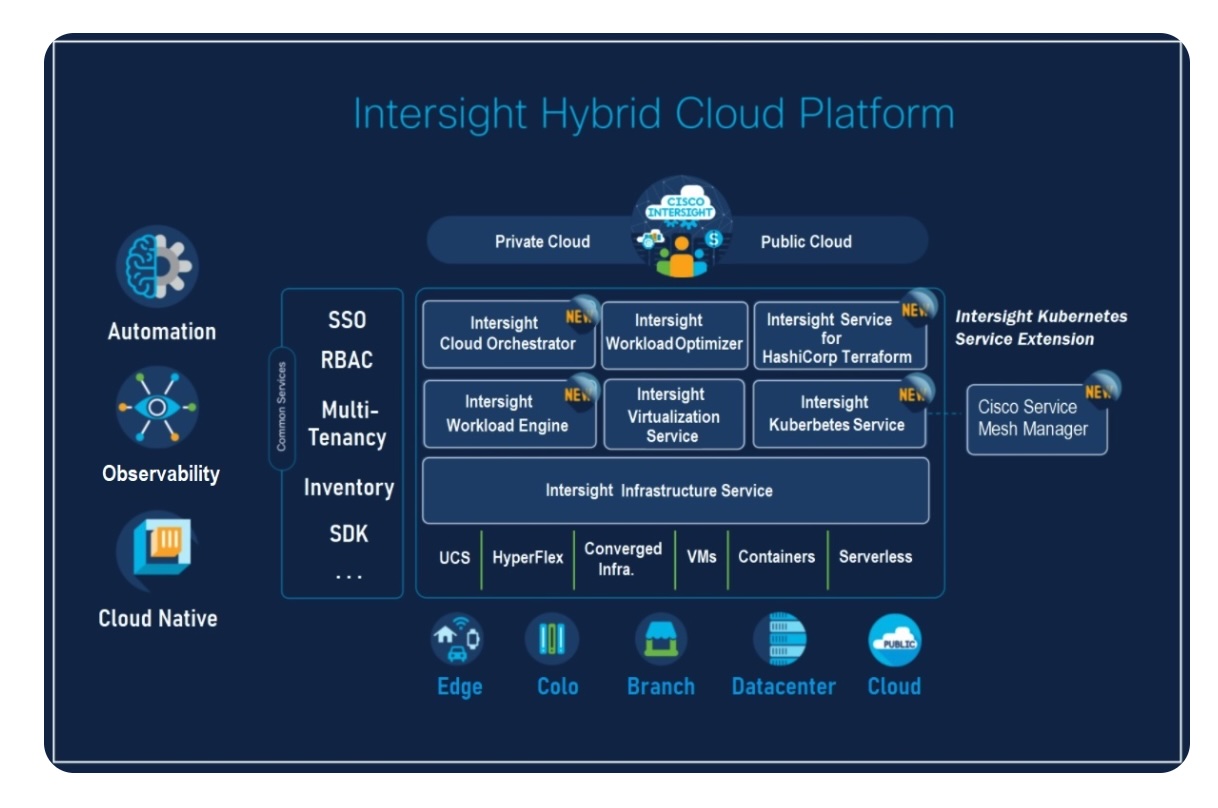
The Three Pillars of Product Leadership
As a product leader, I’ve found that success rests on three fundamental pillars:
1. Business Acumen and Market Vision
Product management starts with understanding the market. During my time as Director of Cloud Native Products, we had to constantly evaluate where the industry was heading and how Kubernetes and cloud technologies were reshaping enterprise IT. This meant not just following trends but anticipating them.
When we launched Intersight Kubernetes Service (IKS), we weren’t just creating another Kubernetes platform. We were responding to a clear market need: enterprises needed a way to simplify Kubernetes deployments while integrating with existing infrastructure. This market vision drove our decision to include Calico for container networking, Istio for service mesh capabilities, and integrated storage through VMWare vSphere.
2. Technical Depth and Innovation Leadership
While business acumen sets the direction, technical depth helps you navigate the journey. Leading product teams for cloud-native technologies requires enough technical knowledge to make informed decisions and evaluate tradeoffs.
When we developed Intersight Workload Engine, we tackled the complex challenge of creating a private cloud platform that could support both VMs and containers using KubeVirt. The technical complexity was immense, but by understanding both the business requirements and technical constraints, we could guide the team toward practical, innovative solutions.
Similarly, in 2019 with the Cisco Container Platform, we created solutions for AI/ML workloads by integrating Kubeflow and NVIDIA GPU acceleration (NOTE: way before OpenAI’s ChatGPT). This required deep technical collaboration across multiple teams and partners to understand not just how but also the why behind technical decisions.
3. Matrix Team Leadership
Perhaps the most challenging aspect of product leadership is that you rarely have direct authority over all the resources needed to bring a product to market. Success depends on your ability to lead matrix teams – influencing without authority and aligning diverse stakeholders toward a common goal.
When launching the Intersight Service for Terraform, we had to coordinate across product teams, engineering, marketing, sales, and our strategic partner HashiCorp. This required creating a shared vision that everyone could rally behind, establishing clear communication channels, and finding ways to align different incentives.
Matrix leadership also means understanding the unique perspectives of each team. Engineers might focus on technical elegance, while sales cares about client pain points, and finance worries about margins and revenue projections. A successful product leader needs to speak all these languages and create bridges between them.
The Holistic Product Approach in Action: Partnerships with AWS and Google
One of the best examples of applying this holistic approach was our work on Cisco Container Platform and creating partner solutions with AWS and Google. What began as a rather simple Kubernetes deplyer tool evolved into a comprehensive multi-cloud solution because we applied these principles:
- We engaged directly with customers to understand their pain points around managing hybrid and multi-cloud Kubernetes environments
- We built strategic partnerships with AWS and Google to create integrated solutions
- We aligned engineering priorities with market opportunities
- We created GTM strategies that enabled our sales teams to clearly articulate value
The result was a solution that helped customers solve real business problems.
Lessons for Aspiring Product Leaders
Looking back on these experiences, here are the key lessons I’d share with aspiring product leaders:
1. Balance vision with execution: Great ideas mean nothing without the ability to execute them. Create inspiring visions, but also develop the detailed roadmaps to achieve them.
2. Develop a knowledge base: Have broad knowledge across business, technology, and leadership domains, with deep expertise in at least one area.
3. Cultivate influence skills: Your success depends on your ability to influence teams over which you have no direct authority. Invest in building relationships and understanding diverse perspectives.
4. Embrace continuous learning: The technology landscape is constantly changing. The most successful product leaders commit to continuous learning – whether that’s about new technologies, market dynamics, or leadership approaches.
5. Drive for measurable outcomes: Ultimately, product leadership isn’t about the features you ship; it’s about the business outcomes you create. Always tie your work back to measurable metrics that matter to the business.
Product management in the cloud-native era demands this holistic approach by blending business strategy, technical knowledge, and leadership skills. By embracing these principles, we were able to launch innovative products.
For those curious about the products I led while at Cisco, check out the below links of blog posts by my team:
| Intersight Workload Engine | 
|
| Intersight Kubernetes Service | 
|
| Intersight Service for Terraform | 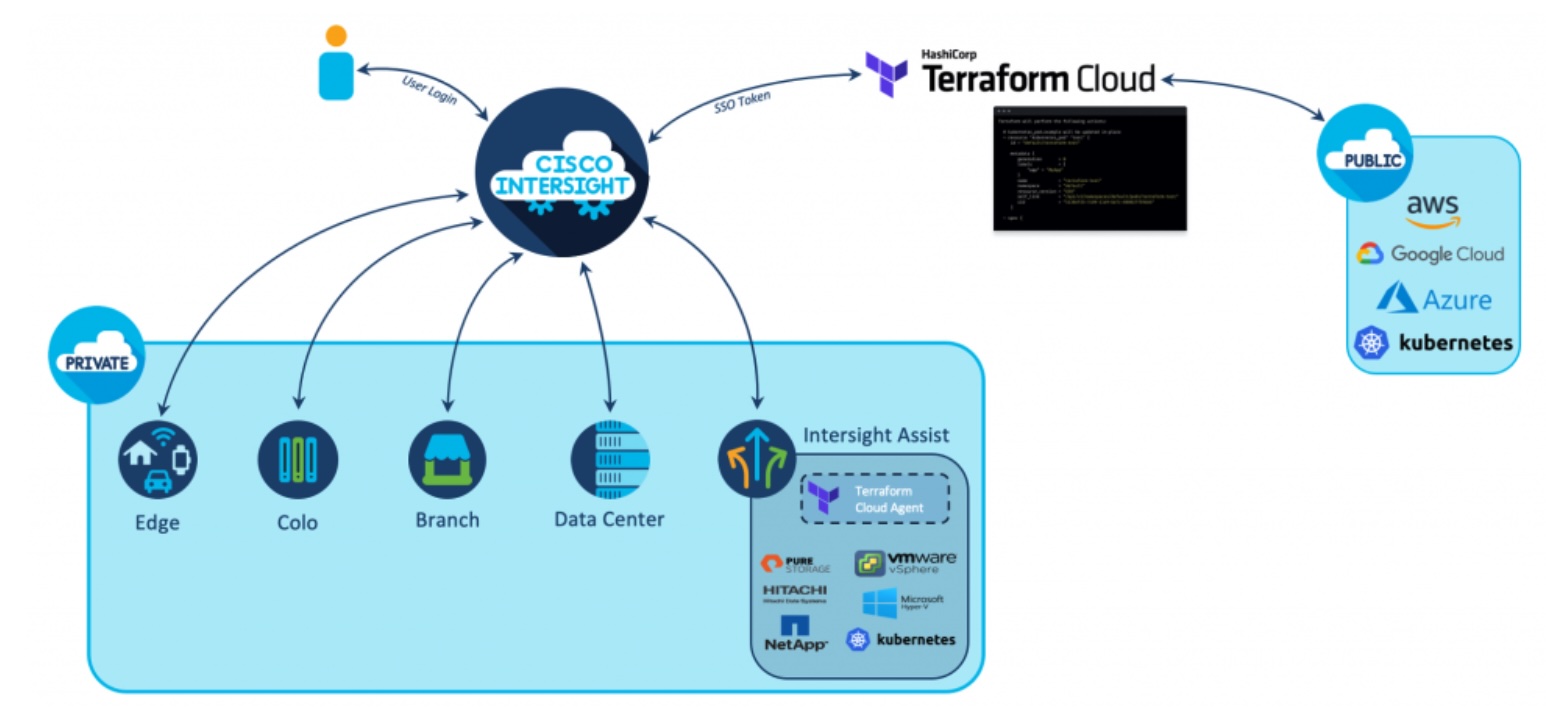
|
| Intersight Workload Optimizer | 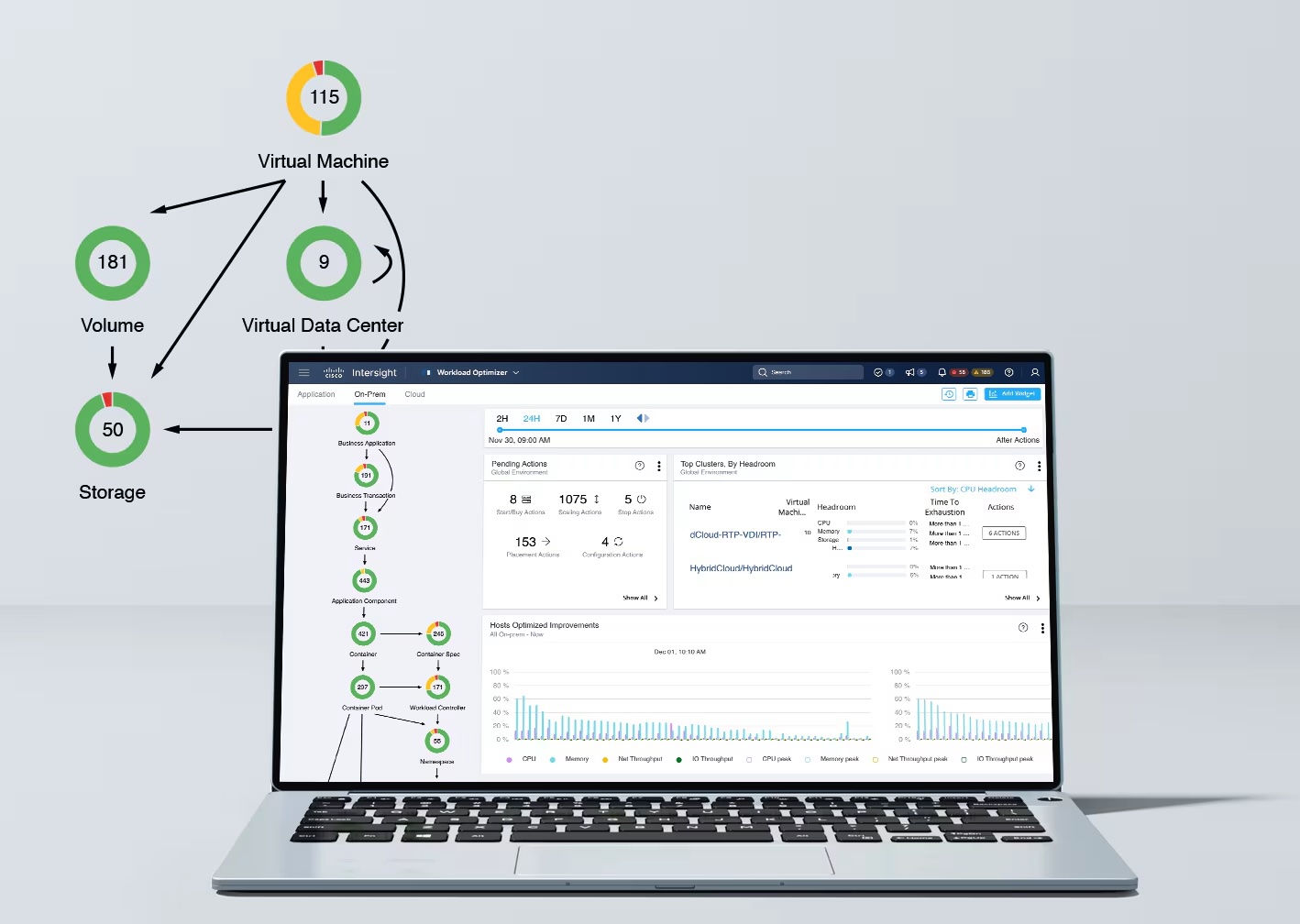
|
| Cisco Virtualized Infrastructure Manager | 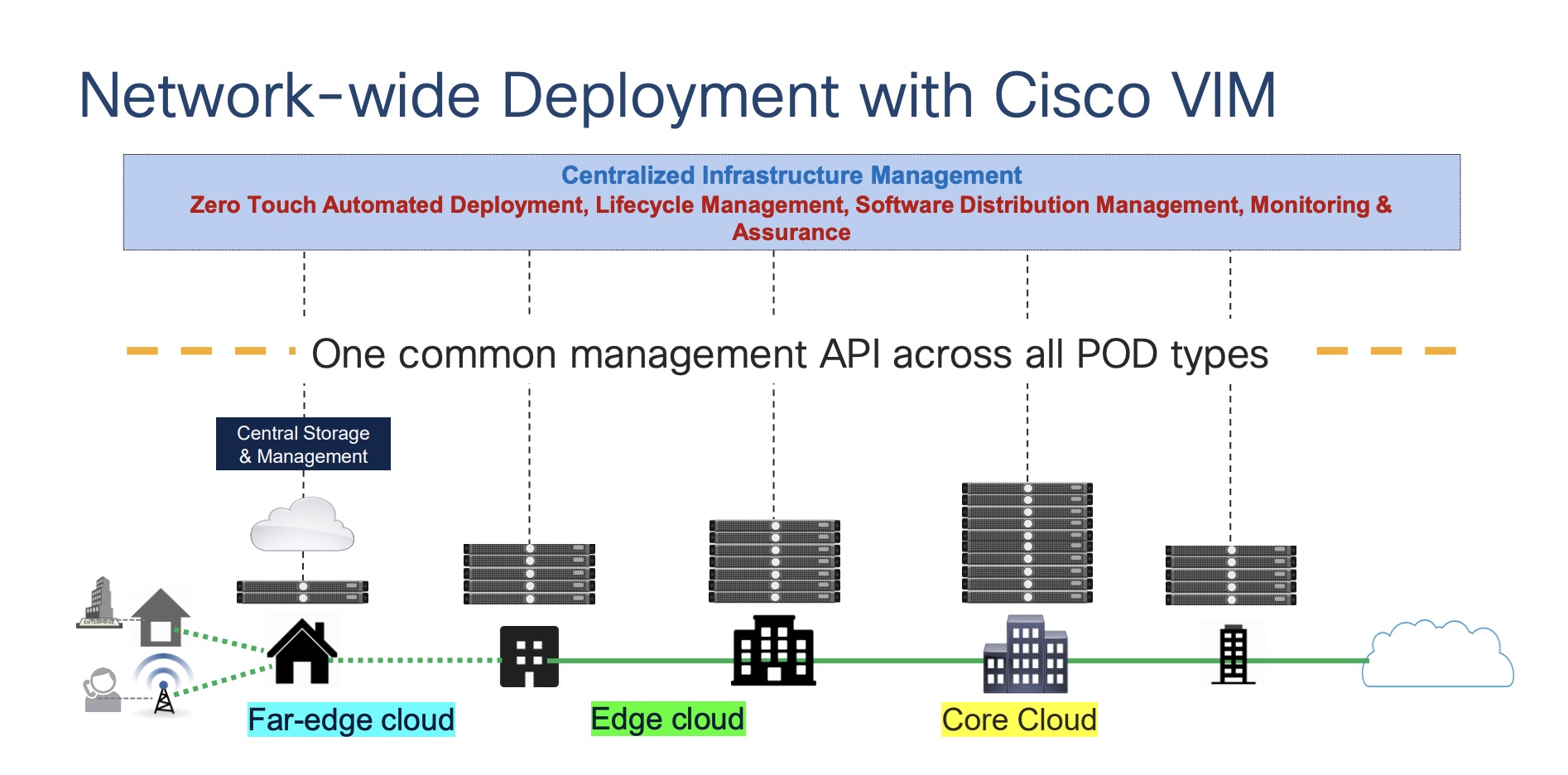
|
| Cisco Container Platform and Kubeflow | 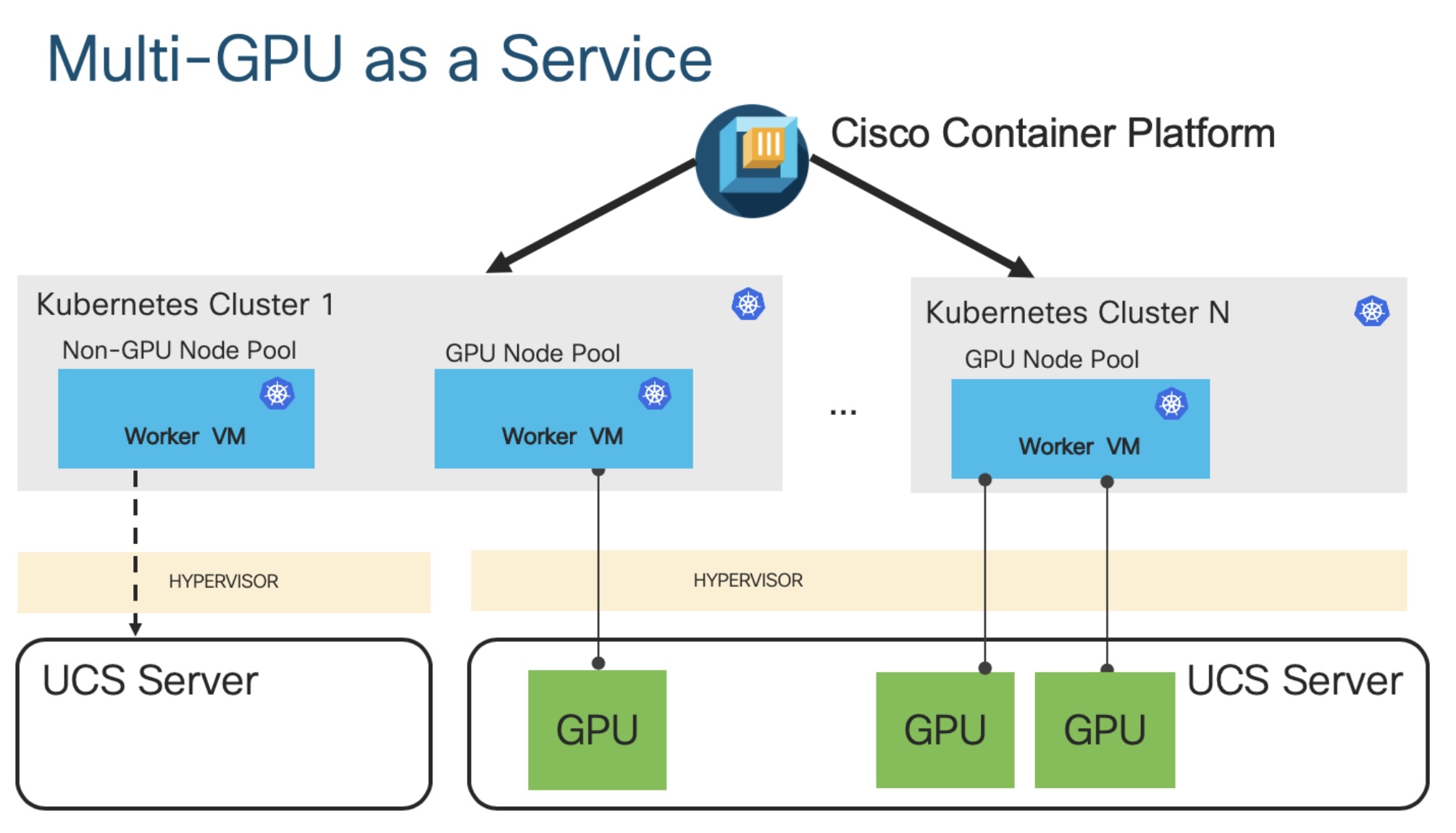
|
